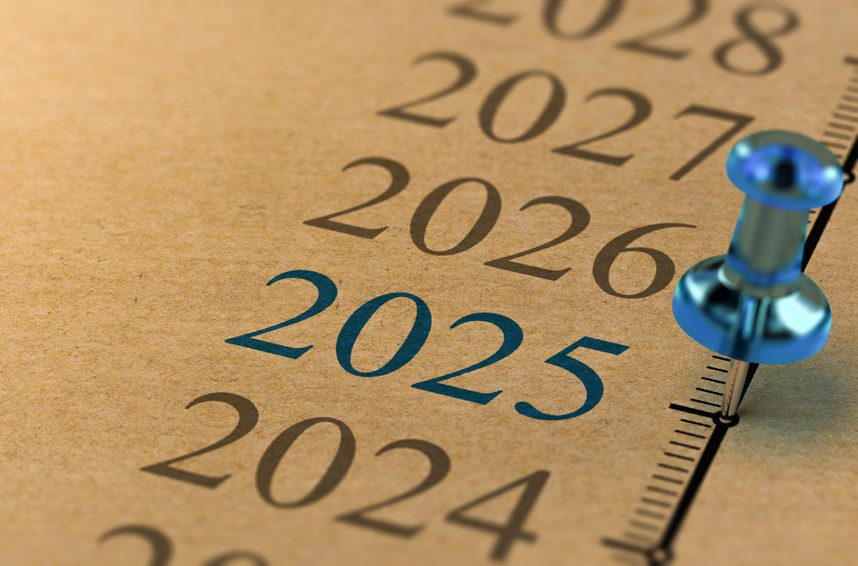How to Attract, Motivate, and Retain
Employees of All Ages
As more Americans push their retirement back further and further, the U.S. labor landscape is becoming increasingly multigenerational.
Professionals with more than 50 years of experience can be seen working alongside staff of every working generation, including young recruits fresh out of college.
For all of us, our formative experiences (such as world events and economic or cultural shifts) interact with the aging process to shape our world views. In order to build an effective work team, employers should try to understand the world views that each generation tends to hold.
Discovering what makes each generation tick can be crucial to business success.
A Generational View
Reviewing each workforce age demographic is the first step to building an effective multigenerational team:
Baby Boomers
Birth Years: 1946 to 1964
Generation Size: 71.6 million; 19% of the U.S. workforce (as of 2020)
Although they’re retiring rapidly, baby boomers still comprise almost 20% of all U.S. workers. Because they’re the most experienced of all the generations, boomers enjoy senior leadership and executive-level positions throughout the country. Most of them are accustomed to the multigenerational work environment, primarily from working with Gen Xers and millennials. But they’ll likely be out of the workforce by the time Generation Zers – their grandchildren’s generation – enter the labor market.

The American
Workforce in 2025
The multigenerational American workforce is always changing. What will it look like in 2025?
According to the most accurate estimates, as of 2020, baby boomers comprised almost 19% of the workforce; Generation Xers were nearly 36%; millennials comprised almost 40%; and Gen Zers were a little over 6%.
In 2025, baby boomers will represent only 7% of the workforce, and Gen Xers will be reduced to not quite 33% of all American workers. Millennials will remain steady at about 40%, while Generation Z will jump to almost 20% of the U.S. labor force.
Source: Anita Lettink
Baby boomers are the largest consumers of “traditional media”: television, radio, newspapers and magazines. However, many of this generation have adopted technology in order to stay in touch with family members and reconnect with old friends.
The major events that shaped their lives include post-WWII optimism, the Cold War, the hippie movement, and Civil Rights.
Generation X
Birth Years: 1965 to 1979/80
Generation Size: 65.2 million; 35.5% of the U.S. workforce (as of 2020)
Today, Gen Xers occupy many senior management positions throughout the country. As a result, they’ve learned how to work closely with both millennials and baby boomers. Now they will begin adding Gen Zers to their multigenerational work teams.
Generation X juggles multiple financial priorities: raising a family, paying off student loans, and caring for aging parents. Their emotional and financial resources can feel strained, which is why work/life balance has always been important to them. Gen Xers are digitally savvy and spend about seven hours per week on Facebook — the highest of any generational group.
The events that helped shape their lives include the end of the Cold War, and the rise of personal computing and “latchkey kids.”
–Article Continues Below–

Millennials
Birth Years: 1981 to 1994/6
Generation Size: 72.1 million; 39.4% of the U.S. workforce (as of 2020)
These children of the baby boomers see themselves as transforming the U.S. labor force through social responsibility and an inherent understanding of technology. They are also the most educated of the generations. The large size of this generational group can be attributed in part to the increase in young immigrants.
Millennials introduced the job-hopping trend; they stay with one employer for a shorter period than any other age demographic. But they are now moving into middle and senior management positions and are no longer the “new kids on the block.”

COVID Was Hardest
on Gen Z Workers
According to a national study by The Center for Generational Kinetics, the COVID pandemic had a greater and more negative impact on Generation Z workers than any other generational group. Contrary to assumption, older employees more easily adapted to pandemic-related working conditions.
The study found that Generation Zers had the most difficulty feeling motivated to work. As a result, they often struggled with completing projects and meeting deadlines.
In 2025, baby boomers will represent only 7% of the workforce, and Gen Xers will be reduced to not quite 33% of all American workers. Millennials will remain steady at about 40%, while Generation Z will jump to almost 20% of the U.S. labor force.
In addition, younger employees found the increased responsibilities and autonomy of remote work to be stressful and anxiety-inducing.
Source: Center for Generational Kinetics
Although they’re completely comfortable with mobile devices, about a third of all millennials still prefer a computer for online purchasing. They often maintain multiple social media accounts.
The events that shaped the lives of this generation include the Great Recession, the terrorist attacks on 9/11, and the technological explosion of social media and the internet.
Generation Z
Birth Years: 1997 to 2012
Generation Size: 68 million; 6.2% of the U.S. workforce (as of 2020)
Generation Z began entering the labor force just a few years ago, bringing with them new perspectives on work and technology. They place a high priority on social change, racial equity, and protecting the environment.
As the children of Generation X, Gen Zers were born into social media and texting. Growing up in a hyper-connected world, they spend an average of three hours a day on their mobile device and have access to five screens: smartphone, TV, laptop, desktop and iPad.
Prudent employers will adopt the communication strategies that attract and motivate this group.
Gen Zers are the most racially diverse generation to date; 48% of them are non-Caucasian. The major events that helped to shape their lives include smartphones, climate change, and the continued War on Terror.
Best Practices for Building a Multigenerational Team
- Work to understand the perspectives of each generational group represented on your team. Keep the dialogue open between team members of different generations, so they can help bring out the best in each other.
- Prepare to meet them where they are. Do your part as an employer to bridge the gap between your own expectations and your employees’ values and needs.
- Get comfortable with the new normal. In planning for the post-COVID workplace, adaptability will be the most critical factor determining success.
- Trust is the critical component and overrides everything else in today’s economy. Employees want to have a voice in decisions that affect them. To that end, it’s important to develop a culture of listening, where team members know their feedback is carefully considered.
Finally, though we are all born into a specific generational group, remember to treat people as individuals. Offer them options that resonate with their particular lifestyle and worldview. By personalizing the workforce experience, you’ll help boost morale and position yourself as an employer of choice.
Sources:
Featured Image: Adobe, License Granted
Pew Research Center
ICIMS
Kasasa

